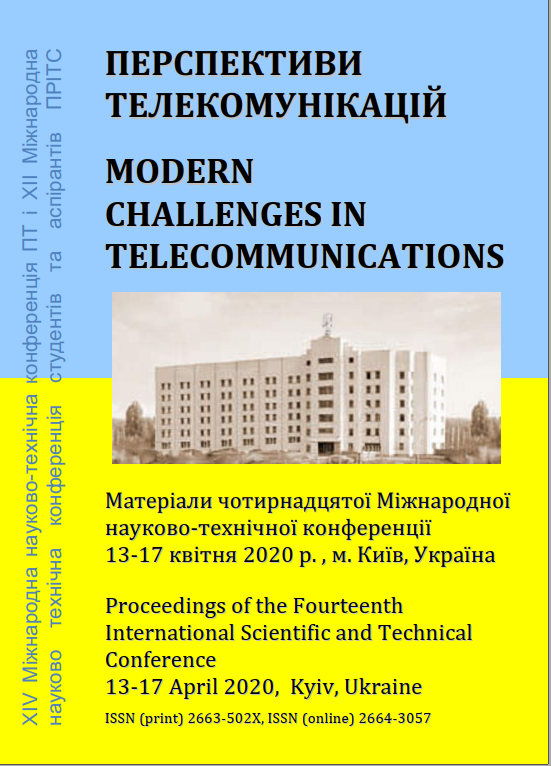АНАЛІЗ ПРИНЦИПІВ ПОБУДОВИ MPLS L3 VPN
Ключові слова:
ПЕРЕДАЧА ДАНИХ, МЕРЕЖА, MPLS L3 VPNАнотація
Побудова мережі VPN L3 на базі протоколу передачі даних за допомогою міток MPLS.
Переваги мережі MPLS L3 VPN над звичайними VPN.
Передача даних в мережі MPLS L3 VPN.
MPLS L3 VPN construction principles analysis
This article explores building a VPN network that runs on the third layer of the OSI model, based on the transmission protocol using MPLS tags. Description of the MPLS protocol. The overall infrastructure of a VPN system that benefits from such a system based on MPLS tags compared to using IPv4. More and more telecom representatives are moving to MPLS L3 VPN based jobs. The solution can be justified by a well-designed network architecture, high quality of service (QoS) and the degree of security of such a system.
Посилання
Layer 3 VPNs [Електронний ресурс] – Режим доступу до ресурсу: https://www.cisco.com/c/en/us/products/ios-nx-os-software/layer-3-vpns-l3vpn/index.html
Базовые сервисы технологии MPLS [Електронний ресурс] — Режим доступу до ресурсу: https://nag.ru/articles/reviews/15448/bazovyie-servisyi-tehnologii-mpls.html
##submission.downloads##
Як цитувати
Номер
Розділ
Ліцензія
Авторське право (c) 2020 Костянтин Анатолійович Литовченко, Олександр Іванович Романов

Ця робота ліцензується відповідно до Creative Commons Attribution 4.0 International License.
Authors who submit to this conference agree to the following terms:a) Authors retain copyright over their work, while allowing the conference to place this unpublished work under a Creative Commons Attribution License, which allows others to freely access, use, and share the work, with an acknowledgement of the work's authorship and its initial presentation at this conference.
b) Authors are able to waive the terms of the CC license and enter into separate, additional contractual arrangements for the non-exclusive distribution and subsequent publication of this work (e.g., publish a revised version in a journal, post it to an institutional repository or publish it in a book), with an acknowledgement of its initial presentation at this conference.
c) In addition, authors are encouraged to post and share their work online (e.g., in institutional repositories or on their website) at any point before and after the conference.

